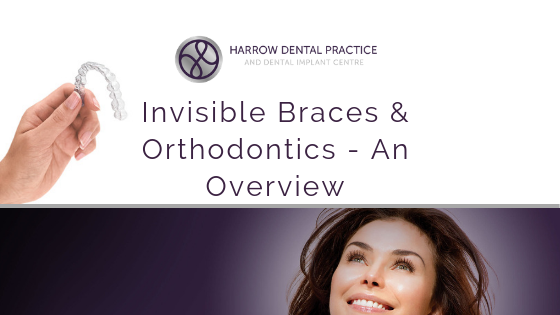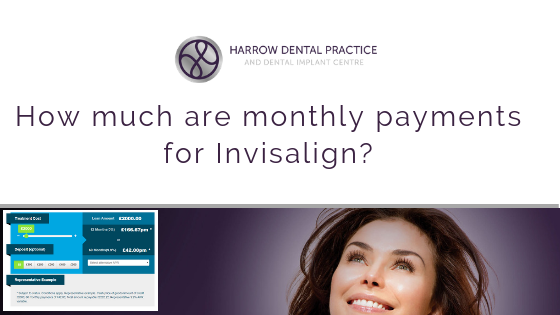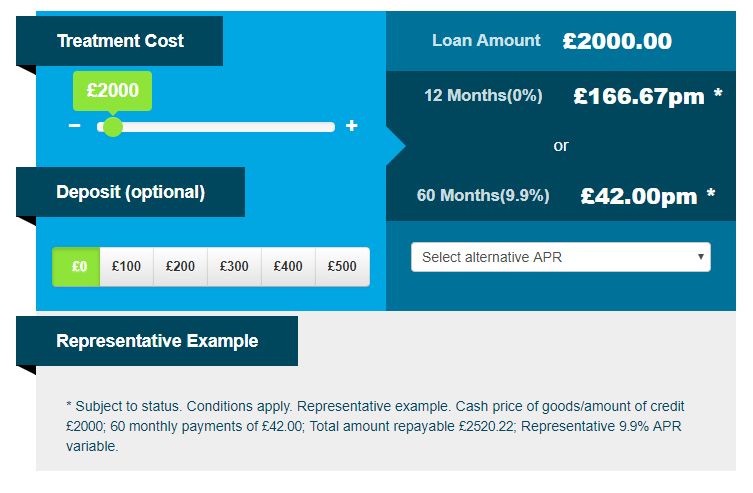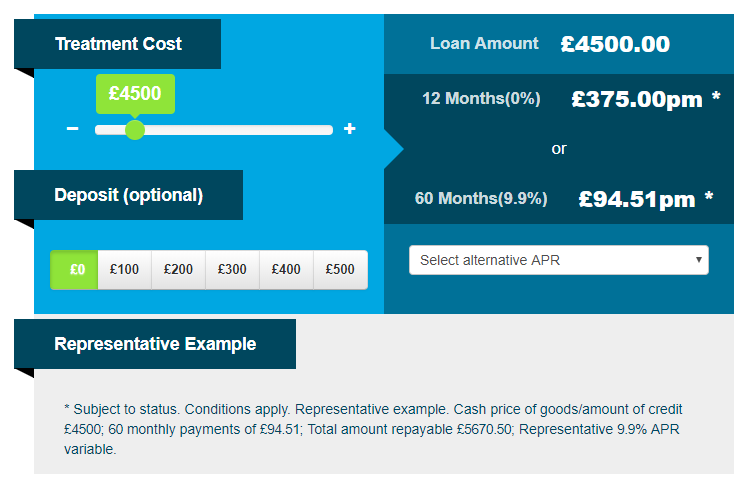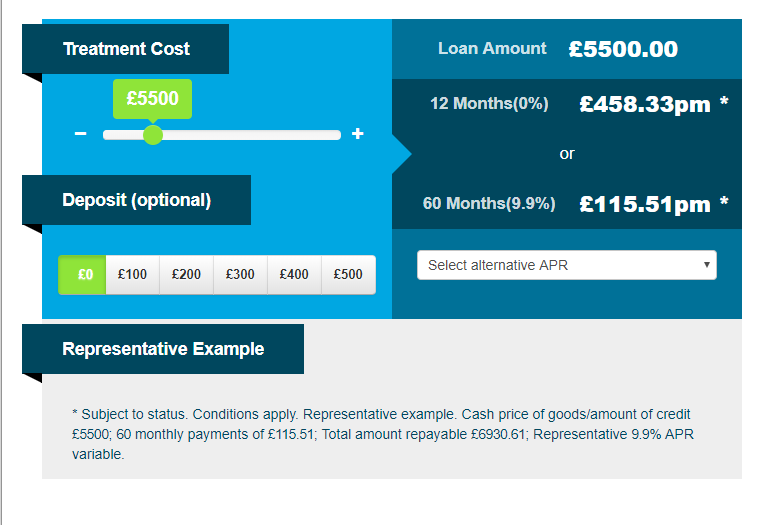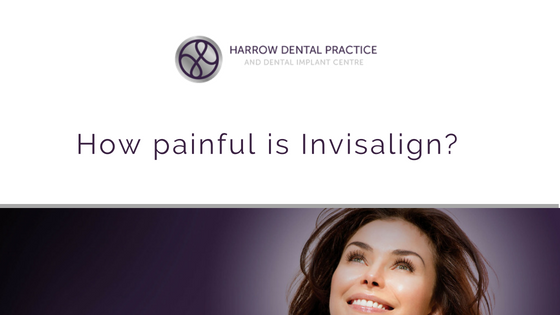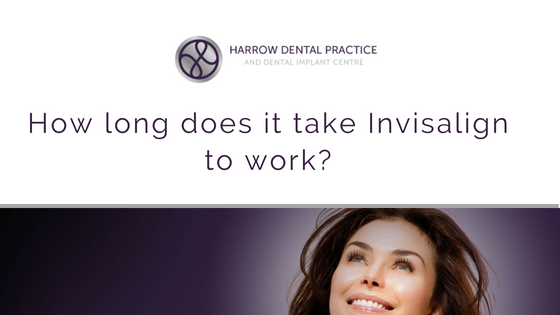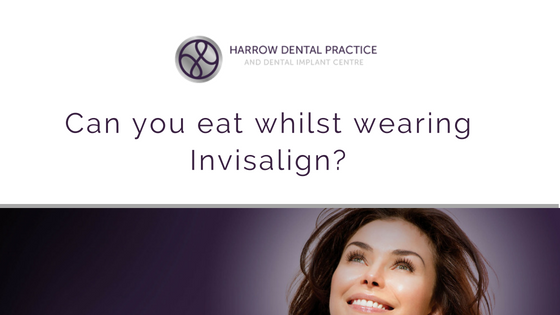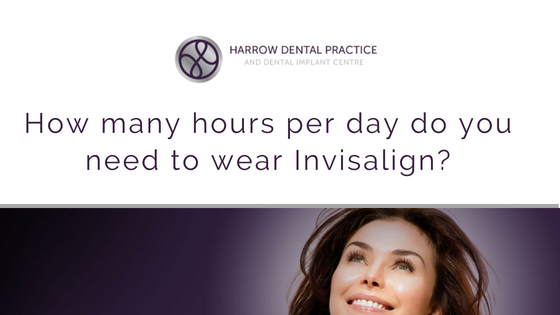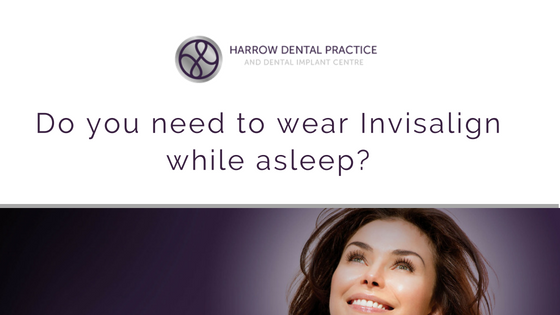Conventional dental braces have been a very effective and popular orthodontic device for correcting a wide range of orthodontic problems like misaligned teeth, crooked teeth, teeth with excessive or uneven gaps etc. One of the problems associated with braces was poor aesthetics due to their metallic appearance. Naturally, people who were conscious of their smile and appearance did not like wearing braces, except where absolutely clinically necessary.
These metal fixed braces were a rather un-aesthetic way of improving your smile. Orthodontists and technologists realized this problem and have come up with some alternative orthodontic solutions which are invisible to various degrees. If you are not happy with wearing conventional steel braces but need orthodontic correction, you can look at the alternatives below.
1. Lingual Orthodontics
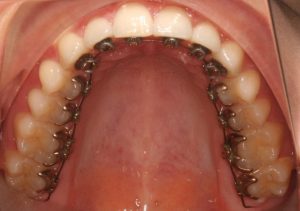
To move the archwire and the brackets out of sight of people, dentists can give you braces with the archwire and the brackets on the tongue-side (or lingual side) of the teeth. Teeth straightening with this type of brace is called lingual braces. Lingual braces are aesthetically far superior to the conventional braces and are particularly popular with adults because they are more conscious of their looks.
The downside of Lingual Braces
· Inconvenience – despite being less conspicuous, lingual braces do pose some problems as the brackets come in between the tongue and the teeth. As a result, the tongue movement is hampered because of the reduced space available, and you will also feel a little odd for some time.
· Difficulty in Playing instruments – Also, if you play wind instruments, you may have some difficulty operating them with lingual braces.
· Special Training Required – Not all dentists are trained in providing treatment with lingual braces. Special training is required in addition to the basic dentistry degree to be able to apply lingual orthodontics.
You will need to have a full smile assessment prior to having this type of virtually invisible braces in order to determine your suitability.
2. Clear Brackets with Tooth Coloured Wires
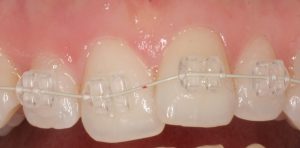 This is yet another cosmetic alternative to the standard braces. The archwire is made tooth coloured to reduce its visibility against the background formed by your teeth. And the brackets are made of transparent plastic or tooth coloured ceramic so that they are not noticed. In addition, clear or transparent ligatures are used to enhance aesthetics.
This is yet another cosmetic alternative to the standard braces. The archwire is made tooth coloured to reduce its visibility against the background formed by your teeth. And the brackets are made of transparent plastic or tooth coloured ceramic so that they are not noticed. In addition, clear or transparent ligatures are used to enhance aesthetics.
Generally, the ceramic brackets are designed in such a way that they do not stain easily. However, the ligatures tend to stain easily, but this is not a big issue as they will be replaced on each visit.
The Price of Improved Aesthetics with Ceramic Braces
Ceramic clear braces are weaker than the conventional metallic braces. Therefore, they require a longer treatment time as orthodontists apply milder forces to make sure that the brackets are not overloaded. In addition, treatment with ceramic braces is costlier as compared to the conventional metallic braces.
Having a confident smile is extremely important during treatment as well is after, so straight teeth with this type of orthodontic brace can be really beneficial. No one need know you have braces fitted.
3. Invisalign Clear Aligners
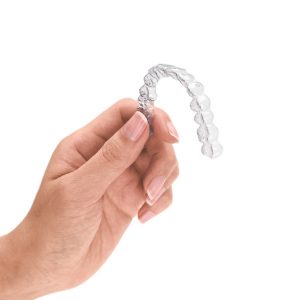 In the category of orthodontic teeth alignment appliances, the Invisalign™ aligners sit at the top of the lot. A product created by engineering and dental technology the Invisalign treatment is very popular. It has really taken the orthodontic field by a storm.
In the category of orthodontic teeth alignment appliances, the Invisalign™ aligners sit at the top of the lot. A product created by engineering and dental technology the Invisalign treatment is very popular. It has really taken the orthodontic field by a storm.
How Invisalign Works
The treatment consists of wearing a custom-made plastic aligner looking like a teeth guard for two (or one week, in some cases) which moves your teeth through a pre-planned shift. Then the next numbered aligner is put on for a similar period. Successively numbered aligners move your teeth through pre-determined stages, and by the time you remove your last aligner your teeth have moved as planned to give you an excellent smile.
Some patients may be suitable for Invisalign Lite which is a reduced time system suitable for moving cosmetic front teeth only.
Invisalign Teen may also help with younger patients, these have a series of indicators letting the clinician and parents know whether the braces are being worn for the required amount of time
How You Get the Invisible Aligners
At the start, the dentist takes impressions, photos, and x-rays of your teeth as they are. The impressions are digitized into a computer software which can display these in 3-D. Another specialized software helps the dentist plan a gradual movement plan for your teeth again showing the teeth in their intermediate stages, and the final stage (which you can see). This plan is fed to a computer-aided machining system which makes two to three dozen of numbered aligners which when worn continuously, and in turn, move through the planned stages.
Many practices offer a free no obligation consultation for Invisalign, so it’s worth asking if this is possible from your dental practice.
Wearing retainers
A retainer, another appliance like the last aligner, is worn for about six months to consolidate the tooth movement already achieved. This retainer practice is common with the braces correction.
Invisible braces – The Bottom Line
All orthodontic treatments have their own merits and problems. If you have an orthodontic problem, consult a good orthodontist. In case of mild to moderate orthodontic problems, and if there are no technical limitations, Invisalign often gives the best value for your money. However, for more complex cases, conventional or lingual braces may prove to be the treatment of choice.
Please also see our other blog posts talking about Invisalign and straightening crooked teeth

